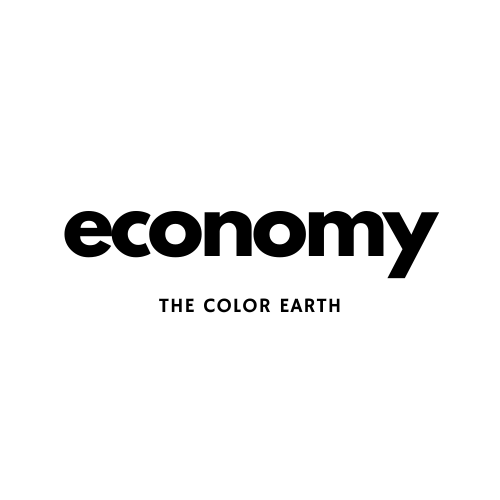Tourism is dead, and that’s ok.
As the world continues to change right before our eyes and with the continued scale back of many in the hospitality industry, Guam must realize sooner than later that trying to resurrect tourism is deadlier to our economic survival than reaching forward to new industries and diversifying our portfolio of economic activities.
If we look back to when we realized that our Japanese arrivals were dwindling, the Guam Visitors Bureau launched campaigns to secure markets in Korea and elsewhere. Instead of just pleading for Japanese travelers to visit Guam, GVB had paved new roads towards securing travelers from other places.
We must use this same model to transform Guam from a tourist-dependent economy, towards one of intersectional, regional and regenerative qualities.
But what the hell does that look like? And the answer to that is whatever the hell we want it to be. We need to empower more diversity into our economic portfolio- which could be offering support services for our displaced workers to start and work in community programs, boosting our agriculture industry by offering financial assistance to innovate and assist with skilled training for workers, investing in technology services by supporting startups and exporting off-island, making education a priority by funding STEAM related courses for our students and the list goes on.
While doing so, we need to rethink our global economic position. We are currently not an independent nation, but we can begin to behave like one by developing closer relationships with our sisters and brothers in the region like we’ve had many generations ago. Rekindling trade between our sisters and brothers is important because of our cultural, environmental and political opportunities that have kept our ocean communities interconnected. For example, we can develop a Pacific islands conservation pact where we fund our community to protect our oceans through an agreement with generated revenue from companies that pass through our ports, or we can promise to prefer goods that are made within our region before considering other places. Now is the time to think bigger and closer to home.
When discussing what regenerative means, we must allow ourselves to realize that our familiar way of life should be refigured in a way that is sustainable, circular and shareable. As much as we appreciate the comfortability of single use materials, it’s contributed to one of our biggest challenges which is not having enough space to put our trash, as well as adding non-natural materials into the ecosystem, hurting our wildlife and ourselves. Regenerative on an industrial scale could be powering our homes with mandatory and government-subsidized solar panels, investing in wind and hydro power in the ocean, providing restaurants the opportunities to accept and clean reusable containers for take-outs, and supporting large-scale and small-scale aquaponic services to feed our communities and region.
And in the next 5 years, the next time someone asks how Guam sustains itself without tourism and the military, it will be because of the choices we made today, in the year 2020 and the opportunities we developed to meet those challenges- a future worth investing in.


